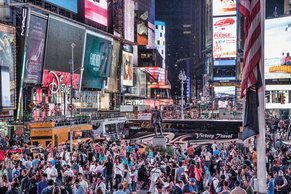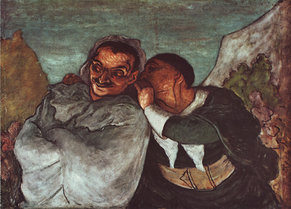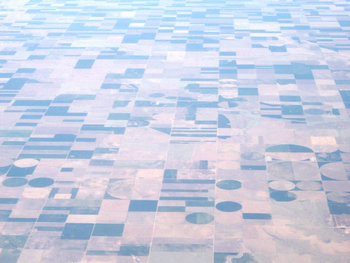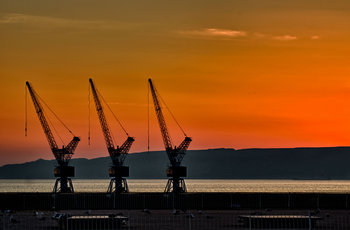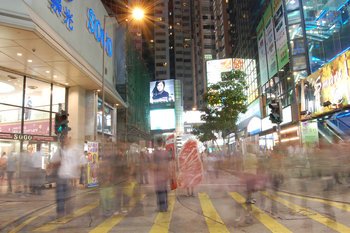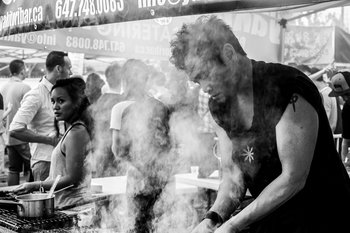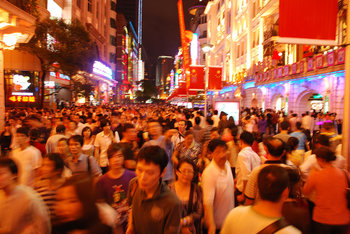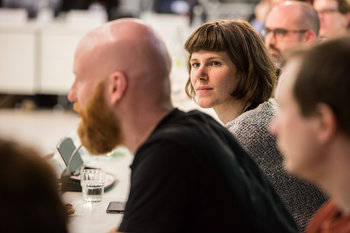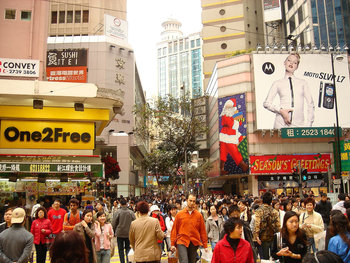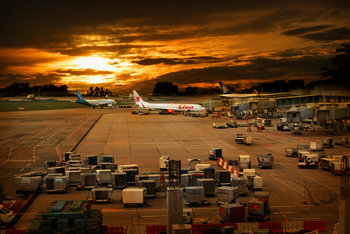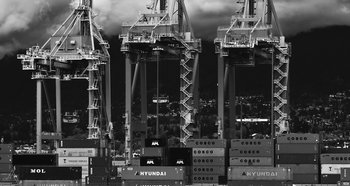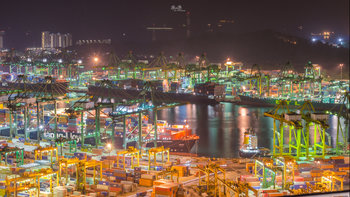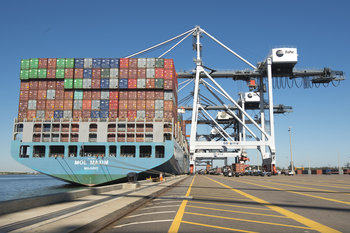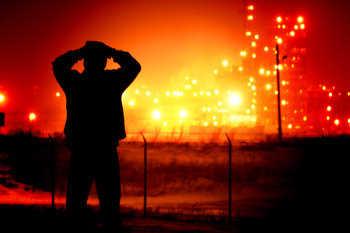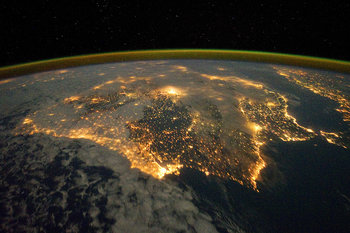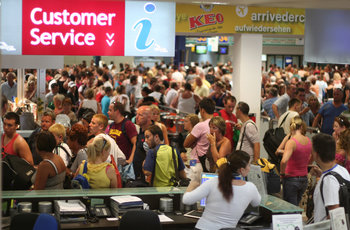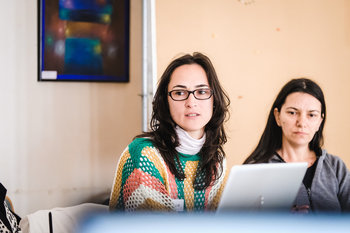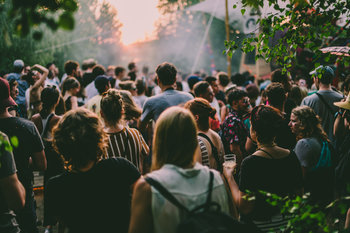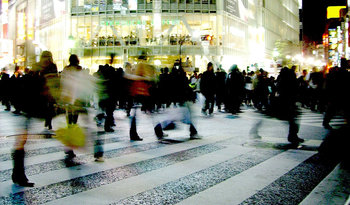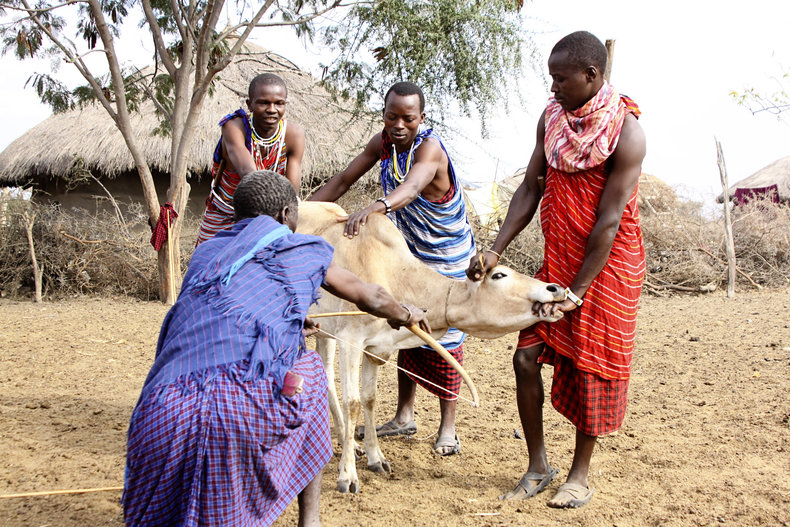
1. Production
The means of producing value. For example, the Maasai people of southern Kenya and northern Tanzania live a traditional semi-nomadic lifestyle based on age-old customs. They raise cattle and thrive in an extremely arid landscape by regularly moving to known grazing sites. The Maasai consume a diet of mostly raw meat, raw milk and raw cattle blood. They are considered one of the tallest peoples with an average male height of 190 cm, or 6 ft 3.2. Roles
The roles and power structure of an economic system. For example, the men of the Maasai are responsible for grazing and defending the herd from predators. Women play various economic roles including building houses, milking and gathering firewood. A pregnant woman is excused from heavy tasks and the raising of children is a priority.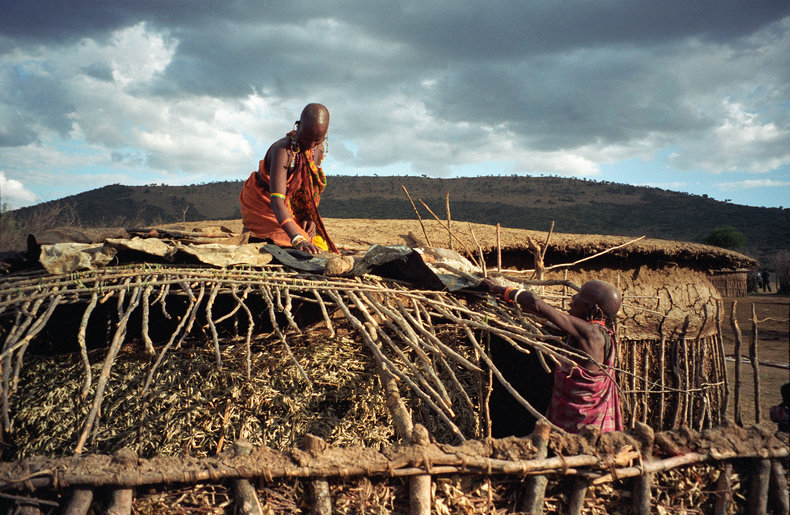
3. Wealth
The things that people value and recognize as wealth. For example, the Maasai count wealth in terms of the number of cattle and children a family has. A family is still considered poor if has has many of one and few of the other.4. Labor
The organization of labor such as the tradition of barn raising in North America whereby an entire community would help a neighbor build a barn. This would be reciprocated by everyone in the community and failure to attend a barn raising could lead to censure. Barn raising is still practiced by some Amish and Mennonite communities in the United States and Canada.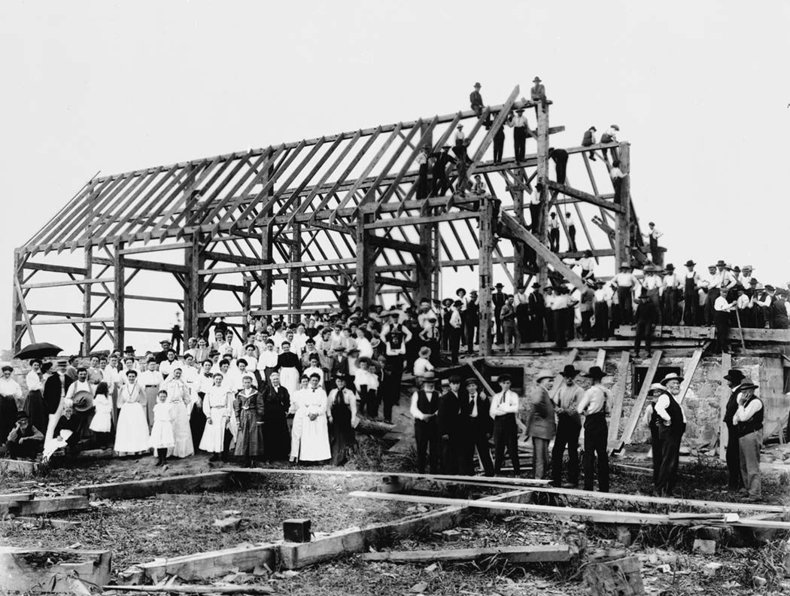
5. Money
Traditional economies often have some form of money that is used to exchange value. For example, the island of Yap in Micronesia uses large circular stones of limestone as a form of money. These were quarried on distant islands at great risk and expense and brought to Yap as early as 500 AD. The locals still use this as a form of money. The stones can weigh several tons and can't be easily moved. As such, their ownership changes in a transaction without taking physical possession. Ownership is tracked by word of mouth.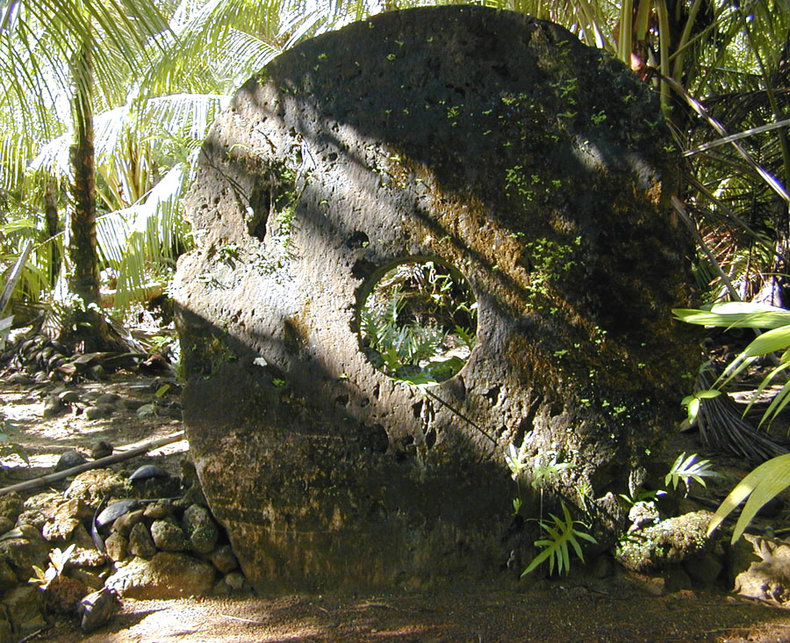
6. Property Rights
Cultures may view certain types of rights as non-transferable. For example, indigenous Fijians own five sixths of the land in Fiji. This can not be sold but can be leased for up to 99 years. The Maasai traditionally believe that God granted all cattle to them and historically felt justified in seizing cattle from other tribes.7. Wealth Distribution
Cultures may view wealth distribution in terms of need as opposed to rights. In many traditional economies, if you get rich you will be expected to share the wealth with your community. This is quite common in Micronesia and Polynesia.Advantages
A traditional economy preserves a way of life including aspects of community, society, family, work and culture that people value. In comparison, the global market economy is mostly about constant change driven by intensive competition and innovation. This can change culture and society at an equally fast pace. In this context, people may value the stability and connection with the past offered by a traditional economy.Disadvantages
A traditional economy is typically inefficient as compared to a market economy. This can mean that people need to work harder for less. A traditional economy doesn't benefit from things such as economies of scale, innovation and the rapid exchange of knowledge that has made life easier and more secure for many people on a global basis.Mixed Economy
A mixed economy is a economy based on multiple economic systems. It is common for modern traditional economies to participate in the global market economy on a limited basis. It may also be possible to improve quality of life in advanced economies by incorporating models and customs from traditional economies.Notes
A traditional economy is not a single system but thousands of different systems with diverse traits, advantages and disadvantages. Traditional economies can be found on each of the populated continents and can exist within the borders of an advanced economy.| Overview: Traditional Economy | ||
Type | ||
Definition | An economic system based on custom, culture and history that still exists today. | |
Related Concepts | ||

